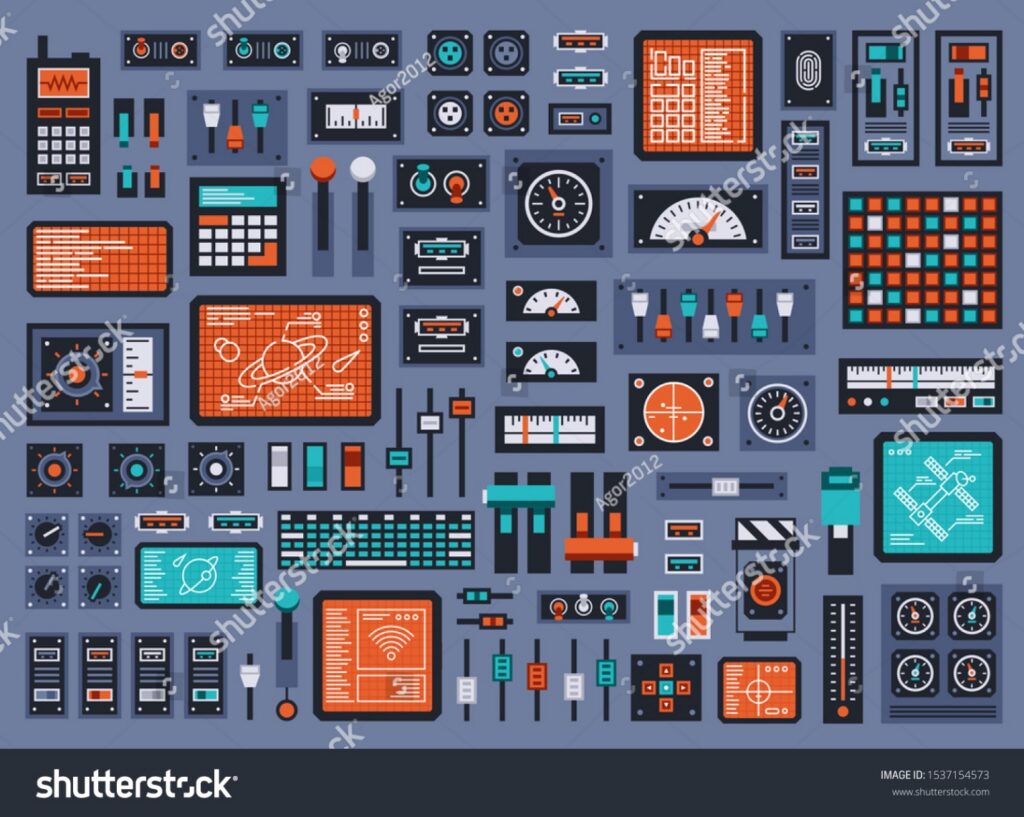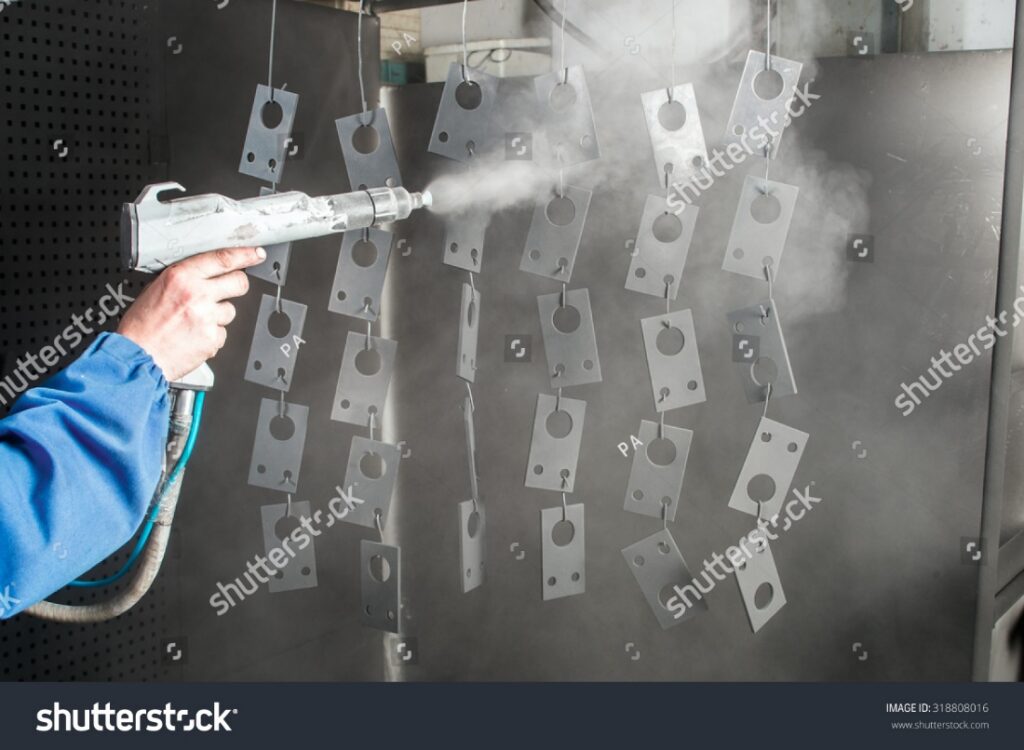Precision cosmetic components for knobs, handles, bezels, emblems, trim rings, and visible fasteners.
We manufacture metal and plastic substrates for decorative plating and high‑grade surface finishes, along with tight functional fits, repeatable geometry, and documented inspection. If you are qualifying an appliance parts manufacturer with integrated machining, forming, and appliance injection molding support, our team provides rapid DFM, samples, and certified quality documentation.
CTA: Get a Quote | Upload CAD
Proven Experience & Scope
OEM/ODM Experience: 8+ years OEM for metal & plastic parts, and 12+ years OEM/ODM for metal parts. This depth supports consumer product programs from prototype to volume.
End‑To‑End Capabilities: CNC machining, forging/casting, stamping, surface treatment, CAD/Pro‑E design, plastic injection mold development, and metal/plastic 3D printing.
Certified Quality System: ISO9001:2000 with staged inspections—incoming, in‑process, and a final inspection performed on 50% of outbound items before packing.
(Show analogous, verified figures for your operation.)
What We Make For Appliances & Consumer Products

Image Link: https://www.shutterstock.com/image-vector/set-control-panel-elements-spacecraft-technical-1537154573
- Knobs & control dials with precise detents and concentricity for smooth haptics after plating or painting.
- Faceplates, bezels, and frames for cooktops, ovens, coffee makers, personal‑care devices, and HVAC panels.
- Handles, pulls, and trim strips in brass, stainless, or aluminum with brushed, bead‑blasted, or polished bases.
- Escutcheons, caps, and trim rings with tight OD/ID relationships to avert light gaps post‑assembly.
- Emblems, logos, and decorative fasteners manufactured in copper alloys, zinc, or plastics for subsequent plating.
Manufacturing Capabilities for Decorative Components
Three-column layout:
Machining & Forming
- CNC turning & milling for tight‑tolerance cosmetic parts. Internal capability to ±0.05 mm, yet tighter tolerances assessed at DFM based on feature, material, and finish route.
- Stamping & metal forming for thin shells and faceplates with controlled springback, which is supported by post‑form machining where required.
- Forging/casting for polishable geometries (handles and large knobs) that demand uniform cosmetic bases.
- Plastic injection molds developing to support plated‑plastic or painted cosmetic parts. We provide mold DFM, steel selection, gate/vent strategy, and texture guidelines for consumer appliances.
- 3D printing (metal & plastic) for fixtures, gauge details, and prototype bezels in Stainless Steel, Aluminum, Titanium, ABS, Nylon, and POM.
Surface Preparation & Treatment
- Documented surface treatment capability covering polishing, brushing, bead‑blasting, passivation, anodizing, plating, and painting via qualified routes. Parameters are locked with sample approvals to protect the cosmetic grade.
Engineering Support
- CAD/Pro‑E design support and counter‑drawing service to reconcile cosmetic datums with functional datum schemes (GD&T).
Technical Data
| Parameter | Capability / Guidance |
| General machining tolerance | ±0.05 mm typical, and tighter by agreement on critical features. |
| Surface roughness (pre‑finish) | Cosmetic machining routes target Ra ≤ 0.8 µm prior to plating/anodizing when required by the spec. Final visual grade validated on approved samples. |
| Sample lead time | ≈5 days for turning/milling samples. |
| Bulk production lead time | ≈40-45 days typical end‑to‑end. See breakdown below. |
| Quote response | Within 24 hours for standard materials. |
| Inspection documentation | ISO9001:2000 system with incoming, in‑process, and 50% final sampling prior to packing. Optical metal analysis and hardness reports are available. |
Notes: The ±0.05 mm and Ra 0.8 µm references support common precision machining envelopes for decorative/functional parts. Final acceptance criteria are set per drawing and first‑article approval.
Materials We Process
Metals
Brass / Bronze / Copper | Aluminum | Free‑cutting steel | Stainless steel | Zinc alloy | Magnesium alloy | Titanium alloy.
These substrates are selected per plating adhesion, attainable gloss/brush quality, weight targets, and corrosion resistance.
Plastics & Others
Nylon | POM | ABS | PP | PTFE (Teflon) | Elastomers (NBR, EPDM, FPM, Silicone) | Graphite.
Suits painted or plated plastics where mass, RF transparency, or cold‑touch management is important.
Additive Prototypes
Stainless Steel | Aluminum | Titanium | ABS | Nylon | POM.
Useful for rapid cosmetic/fit checks, plating trials, or fixture hardware.
Finishes & Cosmetic Grades

Image Link: https://www.shutterstock.com/image-photo/powder-coating-metal-parts-318808016
Realizing a premium decorative surface is a system decision—base material → machining/forming path → surface preparation → coating—validated with Golden Samples. We support:
- Polishing & brushing sequences to establish directional grain or mirror bases prior to plating.
- Bead‑blast matte bases to control reflectivity and hide minor form marks before anodizing or PVD.
- Electroplating stacks (Cu/Ni/Cr for metals and Cu/Ni/Cr over ABS/PC‑ABS with adhesion promotion) with thickness verification per drawing.
- Anodizing & hard anodizing for aluminum with controlled Ra and color matching.
- Painting & powder coating with cross‑hatch adhesion, gloss, and colorimetric checks on request.
Where your specification calls for a machining roughness such as Ra 0.8 µm or a visual grade (brushed #4), we lock the route and acceptance limits in PPAP/FAI records.
Quality Assurance & Metrology
Our quality management is certified to ISO9001:2000, along with a documented inspection flow and dedicated instrumentation for metal and plastic parts.
System & Sampling
- Incoming inspection on raw material and outsourced surface‑treatment certificates.
- In‑process QC at defined control plans.
- Final inspection on 50% of items before packing to minimize cosmetic escapes.
Instrumentation
- Optical metal analysis for alloy verification.
- Rockwell hardness tester for mechanical property confirmation after heat‑treat or plating.
- 2D measuring instrument for dimensional checks on profiles, OD/ID relationships, and concentricity.
Our approach mirrors up-to-date platform manufacturers that combine ISO 9001 with dedicated measurement centers and inspection proof for every order.
Lead Times & Project Flow
We publish transparent, appliance‑grade schedules so downstream builds can plan confidently.
Quote — within 24 hours for standard materials.
Counter Drawings — 1-3 days to reconcile GD&T, cosmetic datums, coating allowances, and gauge plans.
Material Procurement — ≈7 days if not in stock.
Machining / Forming — ≈15-20 days with in‑process QC hold points.
Testing & Inspection — ≈3 days including alloy, hardness, and dimensional checks.
Packing — ≈10 days with protective media to preserve cosmetic surfaces through plating/paint logistics.
Bulk Production Total — ≈40-45 days typical.
Samples — ≈5 days for turned/milled parts for plating route trials and fixture prove‑outs.
(Use a timeline component with dated steps.)
DFM Tips for Decorative Appliance Parts

Image Link: https://www.shutterstock.com/image-vector/isometric-electronics-appliances-gadget-repair-service-1724896537
Account For Coating Build In Tolerances. Plate stacks (Cu/Ni/Cr) add measurable thickness. Define functional fits at the final condition and back‑calculate machining allowances. Hold base metal to ±0.05 mm where the post‑plate fit is critical.
Surface Roughness Drives Perceived Quality. For mirror chrome or high‑gloss paint, target Ra ≤ 0.8 µm (or better) on the base prior to finishing. For brushed aesthetics, specify grain direction, grit, and protected areas on the drawing.
Favor Brass/Copper Alloys for Class‑A Chrome. These alloys polish uniformly and plate reliably. Aluminum and plastics are also viable with appropriate pretreatment and adhesion promotion.
Mind Formed‑Part Springback. For stamped shells and trims, allow bend radius and over‑bend factors. Avoid holes/slots in tight bend zones or sequence bending before drilling/machining.
Define GD&T Clearly. Use datums that survive plating and assembly. Include notes for post‑plate gauging surfaces and masked regions, as well as cross‑sections on drawings for hidden features.
Plan for Measurement. Specify which features require alloy verification, hardness, or optical checks. We can provide inspection proofs with every order.
Ready to Launch Your Next Decorative Component?
Buttons: Upload CAD for DFM | Request Sample in 5 Days.
Our team will respond within 24 hours and propose the finest route for your cosmetic and functional targets.


